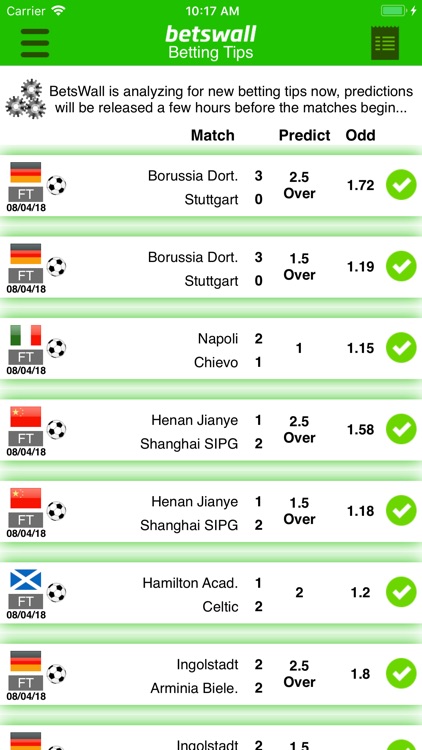Within the dynamic world of soccer, the collaboration between trainers and analysts is vital for a team’s victory. วิเคราะห์บอล As the sport develops, so does the demand for exact and meaningful football analysis that can make all the impact on game day. Coaches search for a thorough understanding of both their own team’s play and that of their opponents. Clear interaction and a strong partnership with analysts can deliver the strategic knowledge that lead to successful tactics.
Football evaluation has transformed through technological advancements, offering new instruments and techniques for analyzing matches. Trainers are increasingly depending on data-driven insights to boost their decisions strategies. What coaches genuinely want from their analysts goes beyond mere numbers; they want contextual analysis that are applicable to their individual strategy and tactical approaches. This deep dive analyzes the demands trainers have from analysts, underscoring the importance of cooperation in realizing success on the field.
Understanding Coaches’ Requirements

Coaches in soccer operate in a intense environment where decision-making can mean the difference between winning and defeat. They need precise, timely insights to make informed strategic choices. Understanding their specific requirements is crucial for analysts who aim to provide pertinent data. Trainers seek information that is not only numerical but also contextual, allowing them to grasp the context behind the numbers. This combined approach empowers them to adjust tactics effectively during games and refine training sessions to tackle weaknesses.
Another critical aspect of coaches’ needs revolves around transparency and ease of access of the data presented by data analysts. Coaches often have little time to digest complex information, so they appreciate straightforward reports that highlight key takeaways without unnecessary jargon. Visual representations, like charts or figures, can help convey data efficiently, making it easier for coaches to recognize patterns, player performance metrics, or enemy flaws. This clarity allows them to communicate their strategies and insights to players and staff more efficiently.
Finally, collaboration between coaches and data analysts is essential in fostering a productive relationship. Trainers want data analysts who can not only deliver data but also engage in discussions about its impact for game plans and athlete advancement. Analysts should be proactive in understanding the trainer’s philosophy and the team’s objectives, synchronizing their analysis process to support those goals. By establishing a robust partnership, both parties can work towards enhancing the team’s effectiveness and achieving success on the pitch.
Crucial Instruments and Measures
In the field of soccer evaluation, the appropriate tools are vital for converting raw data into practical insights. Analysts frequently rely on film analysis programs that enable for detailed examinations of match footage. This enables coaches to assess player movements, formations, and game decisions in real-time. Coupled with these video tools, the utilization of tracking technology enhances the comprehension of player positioning and movement patterns during games. This synergy provides a complete view of performance that guides decision-making.
Metrics play a key role in evaluating player and team performance. Key performance indicators such as possession percentage, pass completion rate, and expected goals (xG) have become critical for coaches looking to gain an edge. These metrics serve as criteria that shape training regimens and in-game adjustments. Understanding individual player contributions through advanced stats helps coaches make educated substitutions and tactical changes that can change the outcome of matches.
Furthermore, the combination of analytics platforms that compile and visualize data sets helps streamline the analysis process. Tools that provide heat maps, player comparisons, and match simulations can give coaches deeper insights into both their team’s strengths and limitations. This data-driven approach fosters a culture of improvement, as coaches can easily identify areas that require attention and tailor training sessions to suit, ultimately aiming for optimal performance on the pitch.
Efficient Communication Techniques
Effective interactions among coaches and analysts is key for maximizing the influence of football analysis. Coaches demand clear information that can be readily utilized to training sessions and match strategies. Analysts should focus on presenting data in a way that is applicable and instantly understandable. This can be achieved by using visuals, such as charts or heat maps, that can rapidly convey insights without burdening coaches with unnecessary details.
Purposeful listening is another essential element in the communication process. Analysts need to emphasize understanding the distinct needs and concerns of coaches, ensuring that they tailor their analysis to meet these points. Interacting with coaches by posing questions and seeking feedback not only boosts the quality of the analysis but also promotes a collaborative environment. This strategy reinforces the idea that both roles are aiming for a common goal.
Finally, establishing consistent communication channels helps maintain a reliable flow of information. Seminars, briefings, and relaxed catch-ups can serve as platforms for analysts to present insights and for coaches to express their thoughts. Implementing structured feedback sessions allows for ongoing refinements in the analysis process, ensuring that the strategies employed resonate well within the unique dynamics of the coaching staff and their tactics.
